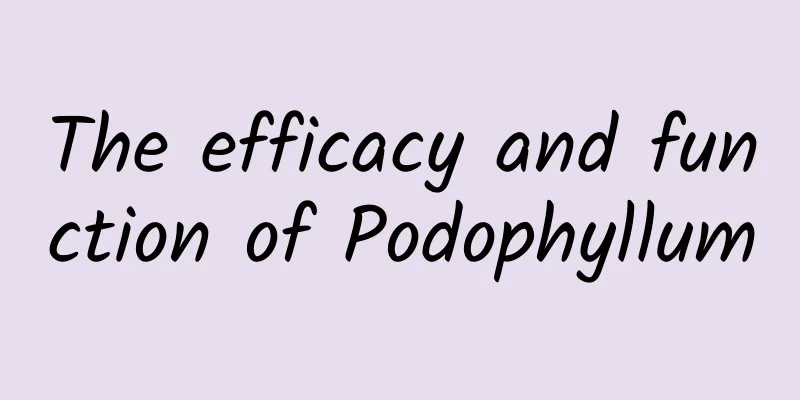How is Cordyceps sinensis formed?

|
Traditional Chinese medicine has been around for thousands of years, and most of the Chinese herbal medicines used are mainly divided into two types. One is animals, such as walltails and toads; the other is plants, of which there are many. An inconspicuous little grass on the ground may also be a Chinese herbal medicine. There is also a special case, which is Cordyceps sinensis. It is not entirely a plant or an animal. So why is this? Let’s take a look at how Cordyceps sinensis is formed. In layman's terms, many species of bat moths in the family Batidae lay eggs in the soil to reproduce, and the eggs later turn into larvae. Before and after this, the Cordyceps sinensis fungus invades the larvae's body, absorbs the substances in the larvae as nutritional conditions for survival, and continues to reproduce in the larvae, causing the larvae's body to be filled with hyphae. When the weather warms up in May-July of the following year, yellow or light brown fungal seats grow from the larvae's heads. After growing, they emerge from the ground in the shape of grass stalks, forming the Cordyceps sinensis we usually see. Therefore, although it has the appearance of both insects and grass, it is neither an insect nor a grass, but a fungus or algae. Cordyceps sinensis is mainly distributed in high-altitude areas of about 4,000 meters above sea level in Qinghai, Tibet, Sichuan, Yunnan, Guizhou and Gansu in my country. Professionals divide it into Qinghai grass, Tibetan grass, Sichuan grass, Yunnan grass, etc. according to their places of origin. Some people also call the Cordyceps produced in Qinghai and Tibet Tibetan Cordyceps. Generally speaking, the Cordyceps sinensis produced in Qinghai and Tibet is of better quality than that produced in other places. It is very popular in the market and has a higher selling price. The effects of Cordyceps sinensis: Cordyceps sinensis has the effect of nourishing lung yin and tonifying kidney yang, so it can be used as a tonic food for nourishing the lungs and kidneys, stopping bleeding and resolving phlegm, protecting the lungs, resolving dysentery, and stopping tuberculosis and cough. The above tells you how Cordyceps sinensis is formed. It seems that it can neither be said to be a plant nor an animal. It is more like a combination of the two. In any case, it can only be said to be a unique Chinese herbal medicine. However, its efficacy is also quite high. Not to mention the nourishing effect, it can also help strengthen the immunity of those who take it, but it needs to be taken for a long time to have such an effect. |
<<: How is Cordyceps sinensis formed?
>>: What are the aphrodisiac herbs?
Recommend
Why are there no meteorites in Earth's craters? Could someone have taken them away?
Humans are always very complicated. They believe ...
Share this! Don’t use the plastic bags in supermarkets like this anymore!
Expert of this article: Yang Chao, PhD in Chemist...
Helicobacter pylori infects 800 million people in China, you should know most about it!
Many reports claim that Helicobacter pylori is th...
Circana: 2024 U.S. Holiday Purchase Intentions Report
U.S. consumers’ plans for the 2024 holiday season...
Will eating Gastrodia elata cause internal heat?
From a medical point of view, Gastrodia elata is ...
How to soak the roots of mother-in-law in water?
Dandelion is also called dandelion. It is a herb ...
The role and efficacy of Polygala
Polygala is a Chinese herbal medicine that is ver...
What is it like to "catch dolls" on the moon and "speed cars" on Mars? They can tell you the answer
What is it like to "catch dolls" 380,00...
Some spinach tastes delicious while others taste astringent. Why is that?
When it comes to the animation "Popeye"...
Side effects of Alisma
Medicine is very common. Different medicines have...
The efficacy and function of chrysanthemum leaves
As people's research on traditional Chinese m...
The efficacy and function of rhino skin
Chinese medicinal materials are very common, and ...
When optics “meets” AI, will it become the “killer application” of 5G and 6G?
Computational optics can be understood as an opti...
The efficacy and function of sesame leaves
Paired-leaf hemp leaf is a common medicinal mater...
Pinduoduo: 3Q20 performance establishes the second largest e-commerce company in China, and will focus on grocery business next year and the year after
Pinduoduo’s financial report released a few days ...









